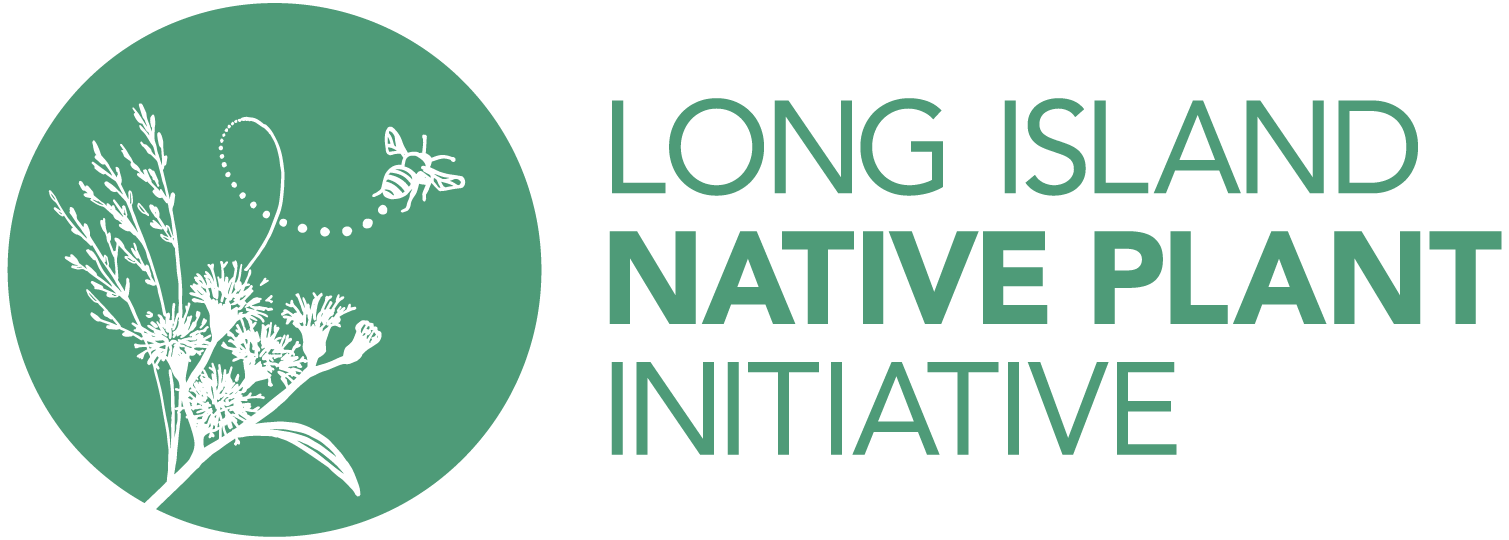The Sensitive Partridge Pea, Chamaecrista nictitans, is an annual wildflower in the Legume family, Fabaceae. In the wild, this legume grows with native grasses such as Little Bluestem, Schizachyrium scoparium, and Indiangrass, Sorghastrum nutans. The yellow flowers are loved by pollinators, and the nutritious seeds are eaten by birds such as the Eastern Mourning Dove and the Eastern Meadowlark. It is the host plant for the Little Sulphur and Cloudless Sulphur. It readily reseeds, providing food and habitat to native fauna for many years.
